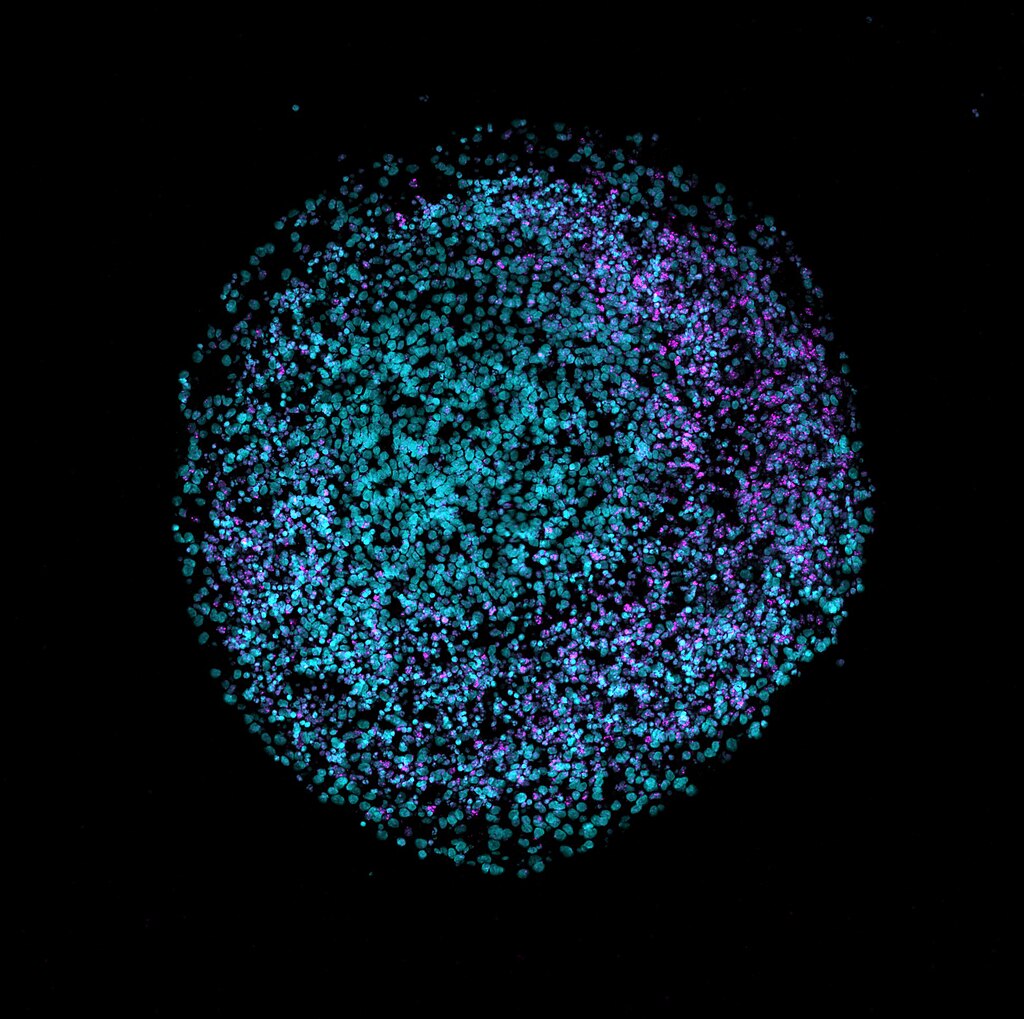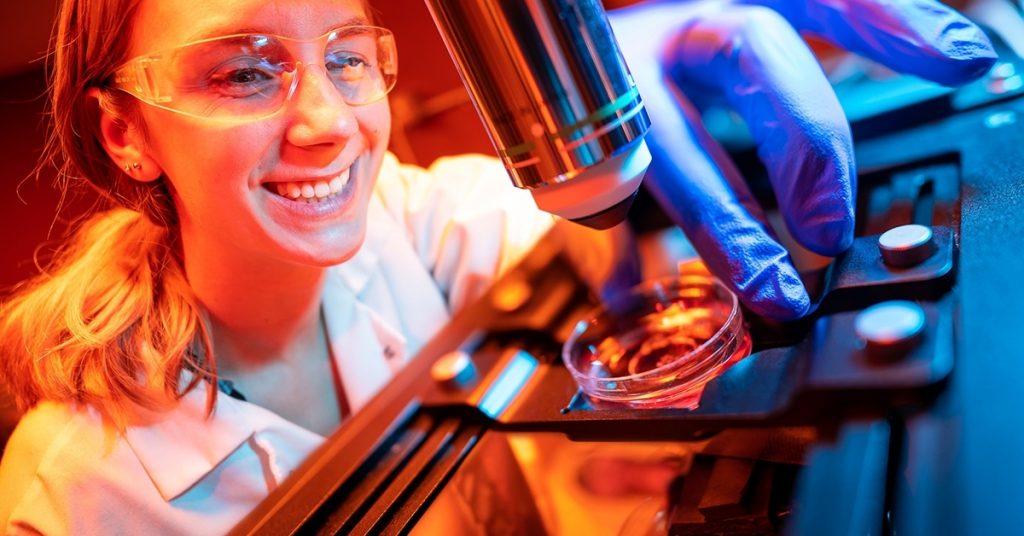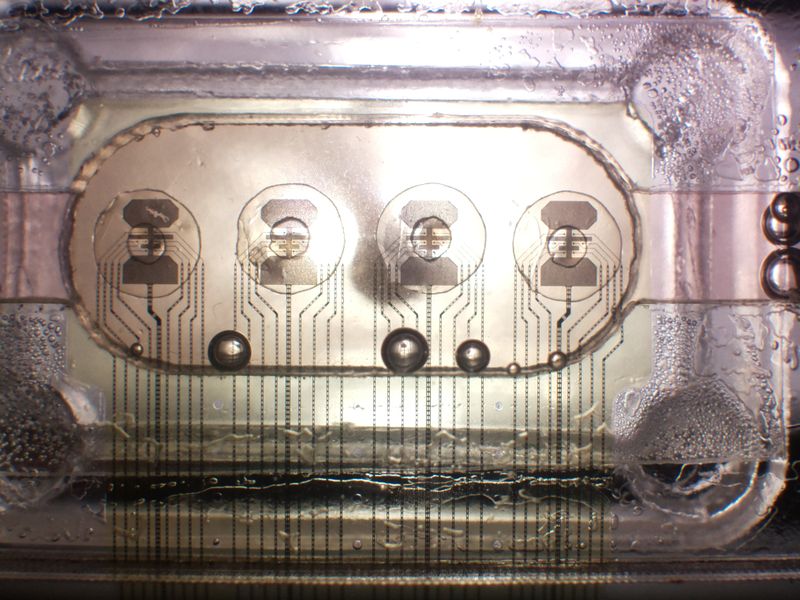A team of Swiss Scientists have ditched conventional materials altogether and have decided to literally put the “neuro” in “neuromorphic,” with actual human brain cells.
Earlier last month, we wrote about how mainstream AI workloads are too resource hungry and how it costs millions of dollars a day to run large language models like ChatGPT (which is quite unsustainable). This has led to a number of endeavors to create more efficient computing platforms like neuromorphic computers which, unlike conventional computers, are actual hardware versions of neural networks and are much more energy efficient. They are, however, still made of the same materials as conventional computers like silicon, aluminum, gold, and copper.
In yet another endeavor to make a more efficient platform, a team of Swiss Scientists have ditched conventional materials altogether and have decided to literally put the “neuro” in “neuromorphic,” with actual human brain cells.
Biocomputing with human brain cells

That’s right, this post is about a “living” computer made up of 16 “organoids” that possess the same biological tissues and cells as actual human brains. Now in our last post we talked about how clumps of biological cells (called organoids) can exist and function independently from the organism that they come from. For example, we talked about how scientists use clumps of human lung tissue to study human lung functions. These clumps of cells have a life of their own and are even being studied for their healing properties. Similarly, this team of Swiss Scientists have created “organoids” from human brain cells that are being used as computer chips. This new field of computing where biological matter is being used in computers is being referred to as biocomputing.
This new brain computer is being called a “Neuroplatform,” and the Swiss team responsible is from an organization called FinalSpark. FinalSpark are considered pioneers in the field of biocomputing and to quote their co-founder Fred Jordan, “As far as I know, we are the only ones in the world doing this.” The computer itself is made up of a series of 4 processing units, that host 4 spherical brain organoids each.
According to FinalSpark, these organoids function similar to conventional computer chips in the sense that they can exchange information with each other by sending and receiving signals through their neurons which act like circuits. Unlike conventional computers, however, they have 1000 times more memory and consume a fraction of the resources.
Dopamine induced processing

If you’re wondering how you would get a human brain computer to do what you want, you’re not alone. In fact, Fred Jordan was quoted stating “The challenge is to find the appropriate way to get neurons to do what we want them to do.” That being said, however, the Swiss team does seem to have found a couple of ways. Each of the 16 spherical brain organoids are connected to eight electrodes which use electric current to stimulate the targeted neurons while also connecting the organoids to conventional computer networks. Additionally, and here’s where it gets interesting, the targeted neurons are also exposed to dopamine (yes, dopamine) in order to simulate the way the brain’s reward system works.
While training human brain cells with electric shocks and dopamine in order to run AI workloads may sound like a perfect prequel to The Matrix and The Terminator movie series, FinalSpark isn’t alone in its efforts. The “Neuroplatform” is available for research institutes to rent over the internet for a fee of $500 a month and while 34 research institutes have applied, about 9 have been granted access so far. These include The University of Michigan, as well as The Free University of Berlin.
What’s even more interesting is that each of these Universities are working on a different aspect or angle of biocomputing, including but not limited to building organoid-specific computer languages, and a standardized manufacturing system.
If you’re wondering what the catch is well here it is, human brains die and so do clumps of human brain cells. While the experiment’s original organoids only survived for a few hours, at the time of writing this post, the researchers have managed to increase this lifetime to about 100 days. Additionally, the researchers have also fine tuned the manufacturing process to a point where they have a stock of a few thousand organoids to work with. There is also a 24 hour livestream where anyone with the link can watch these organoids at work in real time.
In conclusion, getting human brain cells to interact with conventional computers is a breakthrough in itself and could have limitless applications in a number of fields. The ethical aspect of having human brains working as computers, however, is something else altogether and probably deserves a separate post.
In case you missed:
- Lab-Grown Brain Thinks It’s a Butterfly: Proof We’re in a Simulation?
- Tiny robots made from human cells can heal wounds!
- Mainstream AI workloads too resource-hungry? Try Hala Point, Intel’s largest Neuromorphic computer
- Researchers develop solar cells to charge phones through their screens
- Having two left thumbs may no longer be a bad thing
- Scientists gave a mushroom robotic legs and the results may frighten you
- Could Contact Lenses be the Key to Fully Wearable BCIs?
- Neuralink Blindsight and Gennaris Bionic eye, the future of ophthalmology?
- From Fridge to Fusion Reactor, How Mayonnaise is Facilitating Nuclear Fusion
- The Latest Breakthroughs in Quantum Computing









